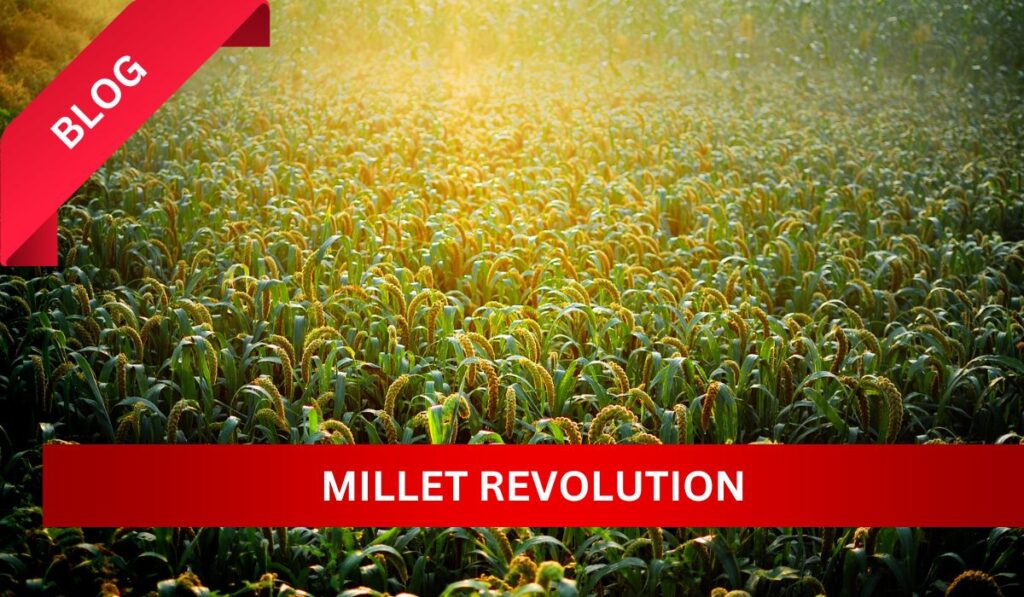Introduction
In the ever-evolving landscape of nutrition, ancient grains are making a remarkable comeback. Among these nutritional powerhouses, millets have emerged as champions, promising a healthier and more sustainable future. While millets may have once been overshadowed by more mainstream grains like wheat and rice, their resurgence in modern diets is nothing short of a revolution. In this blog post, we’ll embark on a journey to explore the rise of millets, uncovering their impressive nutritional profile and the myriad ways they are reshaping the way we eat.
The Millet Renaissance: A Nutritional Powerhouse
Millets have been cultivated for thousands of years in regions like Africa and Asia. What sets them apart in the world of grains is their impressive nutritional composition:
- Protein Packed: Millets are rich in plant-based protein, making them an excellent choice for vegetarians and vegans looking to meet their protein needs.
- Fiber Fantastic: With a high fiber content, millets aid in digestion, promote a feeling of fullness, and support overall gut health.
- Micronutrient Marvels: Millets are packed with essential vitamins and minerals, including magnesium, phosphorus, and B vitamins like niacin and folate.
- Gluten-Free Goodness: Unlike wheat and barley, millets are naturally gluten-free, making them a safe option for those with celiac disease or gluten sensitivities.
The Millet Revolution: Why Now?
Several factors are driving the millet revolution in modern diets:
- Health-Conscious Consumers: As people become more health-conscious, they are seeking whole grains like millets that offer both nutritional value and versatility.
- Sustainability: Millets are environmentally friendly crops, requiring less water and fewer resources to grow. Their cultivation aligns with the growing demand for sustainable and eco-conscious food choices.
- Culinary Exploration: Chefs and home cooks alike are embracing millets in their culinary creations. From millet-based pasta to gluten-free baked goods, the possibilities are endless.
Incorporating Millets into Modern Diets
Now that we’ve established the nutritional prowess of millets and their rising popularity, how can you incorporate them into your modern diet?
- Millets for Breakfast: Swap your regular oats or cereal for millet porridge. It’s a wholesome way to start the day.
- Millets in Salads: Add cooked millets to your salads for extra texture and nutrition. They pair wonderfully with fresh veggies and a zesty dressing.
- Millet Flour for Baking: Experiment with millet flour in your gluten-free baking recipes. It lends a nutty flavor and works well in pancakes, muffins, and bread.
- Millet-Based Dishes: Explore millet-based dishes from various cuisines, like Indian biryani, African millet couscous, or Italian-style millet risotto.
- Millets as a Rice Substitute: Consider replacing rice with cooked millets in your favorite rice-based dishes. The slightly nutty flavor adds a unique twist.
Conclusion
The millet revolution is a testament to our evolving understanding of nutrition and our growing desire for sustainability. These ancient grains, once overlooked, are now gaining recognition as modern-day superfoods. As we embrace millets in our diets, we not only reap the health benefits but also contribute to a more eco-conscious and mindful approach to food. So, join the millet revolution and savor the rich history, nutrition, and culinary delights these ancient grains have to offer in our modern world.

